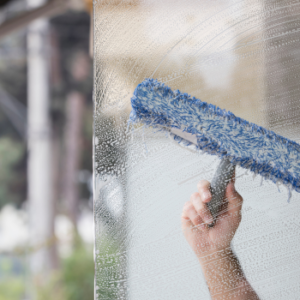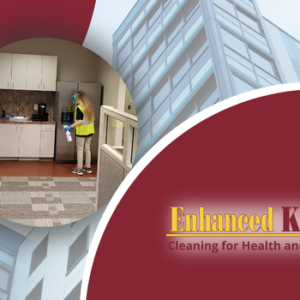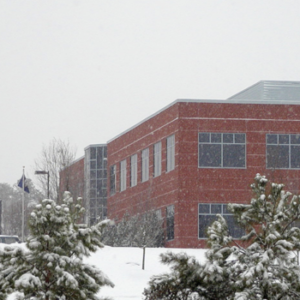According to the EPA, the average American spends 90% of their time indoors, and the vast majority of this time is spent in an office environment. In most office environments, concentrations of some pollutants are often 2-5 times higher, and in some cases even 100 times greater, than typical outdoor concentrations.
While the vast majority of office environments do not fall under the more severe range, most office buildings, including the well-run ones, can experience episodes of indoor air pollution leading to poor air quality. Poor indoor air quality is a major contributor to allergy and illness threats, which leads to billions of dollars lost each year dealing with higher employee absenteeism and a decline in workplace productivity.
Indoor air pollutants that lead to poor indoor air quality
According to the American Lung Association, a higher level of indoor air pollution, “contributes to the development of infections, lung cancer, and chronic lung diseases such as asthma”. Also, the Asthma and Allergy Foundation Association (AAFA), points out that an estimated 50 million Americans suffer from all types of allergies, which is the 5th leading chronic disease in the U.S.
In addition, indoor air pollution can cause headaches, dry eyes, nasal congestion, nausea, and fatigue. All of these factors lead to indoor environmental health issues and play a major impact in lowering workplace productivity.
Major sources of pollutants
Biological
High levels of bacteria, viruses, fungi (including molds), dust mite allergen, animal dander and pollen are biological pollutants that lead to allergic reactions and asthmatic episodes. A high level of biological pollutants is often the result of poor housekeeping habits, water spills left untouched, inadequate humidity control, condensation, or may be brought in from other occupants.
Dust & Debris
With dust and debris, typically it is the smaller particles naked to the visible eye that is more harmful to our health. Such particles can make its way into facilities from the outside, and can also generate and accumulate from everyday activities that take place within facilities. This includes running and operating office equipment such as printing and copying, as well as poor cleaning methods that lead to more dirt and debris circulating in the air.
Chemicals
While there’s been a big push to eliminate harmful substances used indoors, many people are unaware of how hazardous these chemicals are toward our health.
According to the U.S. Department of Labor Occupational Health and Safety Administration (OSHA), American workers use tens of thousands of chemicals each day. While many of these chemicals have a higher propensity to cause harm due to their intended use and composite physical properties, there are only a small number of chemicals that are publicly regulated [5]. As a result, not only is there a strong chance many chemicals being used inside of facilities are non-regulated, but many of these chemicals are also exposing building occupants to toxic fumes that lead to major health issues.
Sustainable Cleaning Tips to Reduce the Amount of Pollutants
Sustainable cleaning – sometimes referred to as “green cleaning” – reduces the exposure to potentially hazardous products, equipment, or processes that can adversely affect our health within the indoor work environment.
Our next article, entitled sustainable cleaning tips to reduce the amount of harmful indoor pollutants will share three (3) key areas to pay attention to inside your facility to help achieve a healthier indoor environment.
Mister Kleen is a leading provider of contract cleaning services to Commercial and High Security facilities since 1976. Our primary service area is the DC Metro region. We also provide a variety of interior and exterior specialty services.






